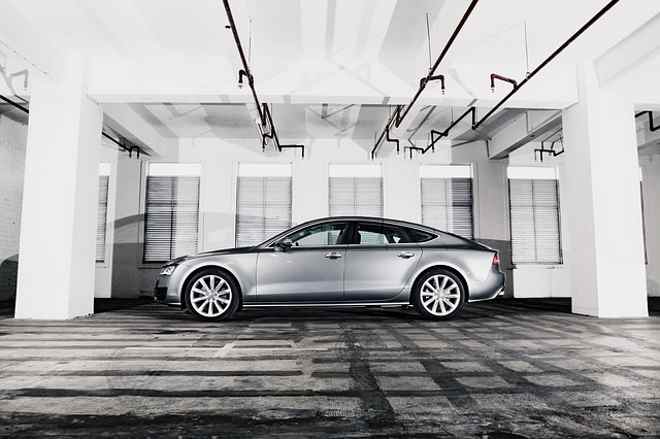**Sailing Through the Night: The Intricacies of Automotive Lighting Technology**
Imagine gliding through a winding road on a moonless night, your car's headlights piercing through the darkness, illuminating the path ahead. This once daunting scenario is now a routine for most drivers, thanks to advances in automotive lighting technology. Let's delve into the history, current trends, and future prospects of this essential aspect of automobiles.

Shedding Light on the Past: A Historical Perspective
The history of automotive lighting technology is as old as the automobile itself. During the early 20th century, acetylene lamps were the norm, offering a dim, yellowish light. As electric power became more accessible, incandescent bulbs took over, providing brighter and more reliable light. The late 20th century saw the emergence of Halogen lamps, which are still prevalent in many vehicles today.
Bright and Clear: The Advent of HID and LED Technology
The 90s marked the advent of High-Intensity Discharge (HID) lamps, known for their blue-white illumination and superior life span. However, the real game-changer was the emergence of Light Emitting Diodes (LEDs) in the early 2000s. These offer energy efficiency, longer lifespan, and improved brightness, contributing to safer night-time driving.
Illuminating Trends: The Current State of Automotive Lighting
Modern automotive lighting technology has evolved beyond mere functionality. Today, it plays a crucial role in vehicle aesthetics, safety, and even communication. Adaptive headlights, which alter their direction and intensity based on steering input and vehicle speed, are becoming commonplace. Matrix LED and Laser light technology are pushing the boundaries of visibility and safety.
The Future Looks Bright: Predictions For the Future
The future of automotive lighting technology looks promising. With advancements such as Organic LEDs (OLEDs) and Digital Light Processing (DLP), we can expect even better illumination, energy efficiency, and customization. Augmented reality headlamps, which can project information directly onto the road, may soon become a reality, revolutionizing the way we drive at night.
Lighting the Way: The Impact of New Technologies
The impact of these advanced lighting technologies is immense. Improved visibility enhances driver safety, reducing the risk of night-time accidents. Energy-efficient LEDs contribute to lower CO2 emissions, aligning with global sustainability goals. Furthermore, the potential of headlamps as communication tools opens new avenues for enhancing road safety and driver experience.
In conclusion, automotive lighting technology has evolved from rudimentary lamps to advanced systems that enhance safety, efficiency, and aesthetics. As we move forward, we can look forward to even more innovative developments that will redefine our night-time driving experience.




